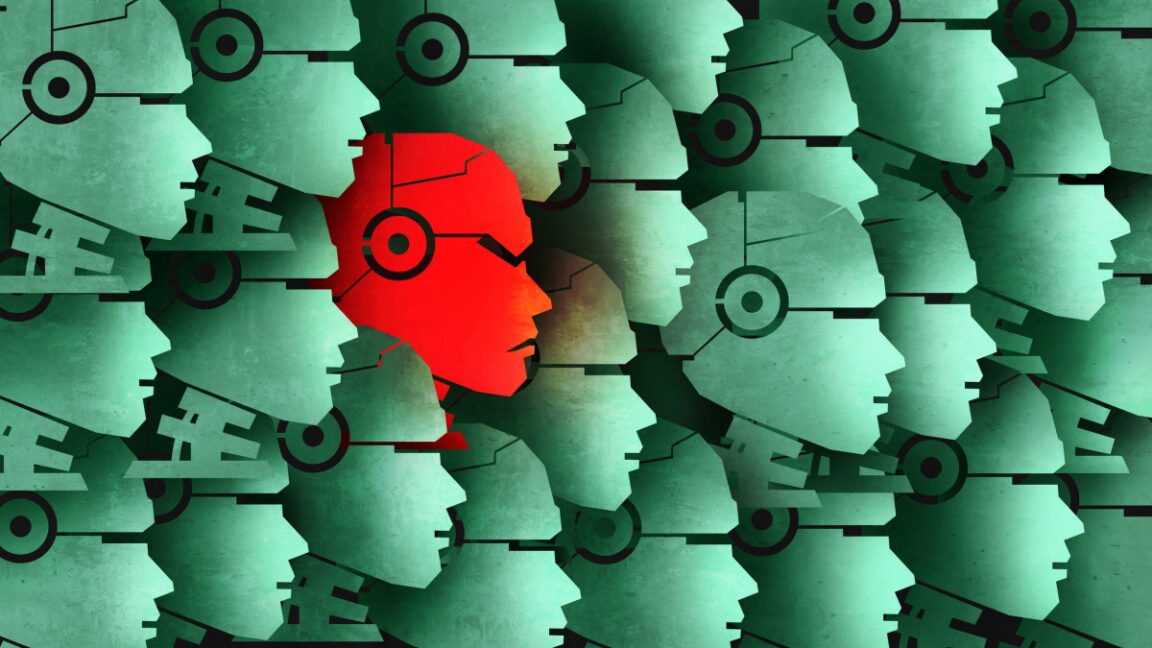How is AI going to impact the business of making chips? A panel of semiconductor company veterans tackled that question last week at Silicon Catalyst’s annual Semi Industry Forum, held in Menlo Park, Calif. on 9 November. The group speculated about how and when AI will upend the way chips are designed and just how strange a place the coming “AI Wonderland” will turn out to be. (Silicon Catalyst is a startup accelerator focused on semiconductor companies.)
“We are entering an era of electronic design creation,” said AMD senior vice president Ivo Bolsens. He predicted that AI will soon be able to flesh out most of a chip’s design from high-level specifications. AI won’t, however, be able to cover the last mile in the foreseeable future, Bolsens indicated.
Bolsens used a recent trip to Austin as an analogy. “I fly to Austin, take a car to the parking lot of the office, then I walk into the building,” he said. “AI is the flying; it gets you quickly very close to where you need to be. From there, you have to have more traditional ways of doing things. That’s the opportunity AI delivers to chip designers. It just won’t take the last steps from parking lot to office.”
If you don’t think of [AI] as a paradigm break or something that can put you out of business, you’re in trouble.”—Deirdre Hanford, Synopsys
Synopsys‘ chief security officer, Deirdre Hanford, said her company is already “wrapping an AI harness around our [design] tools.” Throughout the industry, she said, “people are currently playing around to figure out where AI can be deployed in the chip design process.” (Synopsys unveiled its generative AI, Synopysys.ai Copilot, a week after Hanford spoke.)
Moshe Gavrielov, former Xilinx CEO and now a member of TSMC‘s board of directors, was more specific. AI will soon be used, he indicated, for building standard cell libraries. Building such libraries is “very complex,” he said, “with a lot of corner cases. Computers can generate these libraries with less manpower, at a higher quality, and higher density.”
AI Takes on Analog Circuit Design
Gavrielov also pointed to the power of AI in dealing with analog circuitry. “AI can take analog libraries and move them from generation to generation [of technology] automatically; this used to be incredibly time consuming, error prone, and difficult.”
How soon is this change coming? Says Gavrielov, “Benefits to the end customer will be very visible in short time frame. There is a threshold, and once we cross that threshold the dam will burst, and it will be amazing to see the revolution in [chip] design that will happen.”
Gavrielov recalled the transition to electronic design automation (EDA), the last big change in chip design. That transition, he says, was a 30-plus year process. “I think the transition that AI will bring will happen in a third to a fifth of the time and will have a much bigger impact,” he said. “In five years, for sure in less than 10 years, design will be done in a very different way than today.”
But, assured Hanford, there’s no need for chip designers to panic.
“We will keep automating as an industry and it will accelerate,” she said, “but people, I don’t think our industry is facing the same threat as, say, paralegals; we will just move up in abstraction.”
Reducing AI’s Carbon Footprint
Looking at effects of AI beyond its impact on the design process, moderator David French, Silicon Catalyst Board member and CEO of SigmaSense, asked the panelists to consider the impact of AI on the environment. He pointed out concerns about the energy consumed and carbon generated by the massive amounts of computing needed to create AI models.
“We have taken existing architectures and extrapolated from them to cater to the emerging needs of AI,” AMD’s Bolsens said. And “they are being used in an inefficient way, typically only exploiting 10 or 20 percent of the compute capabilities of the hardware [and] wasting a lot of power.”
“These are early innings, slopping innings,” said Gavrielov.
Much can be done, Bolsens indicated. “The good thing about AI is that it is a narrow class of problems, in terms of characteristics of the compute it requires,” he said. “So new compute architectures will arise that take advantage of that to be more efficient.”
“And AI is not just about compute, it is about data,” Bolsens continued. “A lot of power consumed today is moving data to compute. So you will see solutions where you bring the compute to the data and new memory architectures where you bring compute to the memory, to avoid the power that goes into transferring the data around.”
The AI Haves and Have-Nots
The amount of computing power required to do AI research is causing a split between the haves (giant corporations) and the have-nots (universities and small startups). “A startup doesn’t have enough compute hours” to do AI research, Hanford said, pointing out that university computer resources usually aren’t enough either.
“If you really want to do research in this space, you have to go to Meta or Microsoft or have a very well-funded startup,” she said.
“We should make sure that crazy research keeps getting done at universities,” she said, and that will require creating something like a national AI resource.
The trend towards open-source projects will help, Bolsens said. “That allows people to leverage work from others in the field.”
Hanford had a final warning for the audience of chip company executives, entrepreneurs, and investors. “Every single group has to think about how AI will disrupt their mission or make them more productive. AI should change every function of an enterprise, large or small. If you don’t think of it as a paradigm break or something that can put you out of business, you’re in trouble.”
Reference: https://ift.tt/zoXHM6N
No comments:
Post a Comment